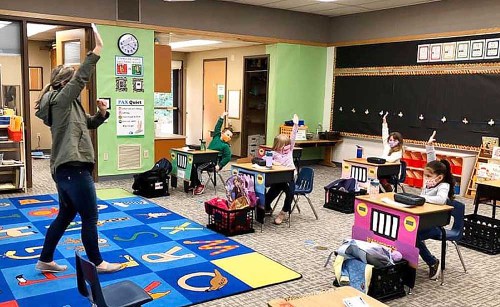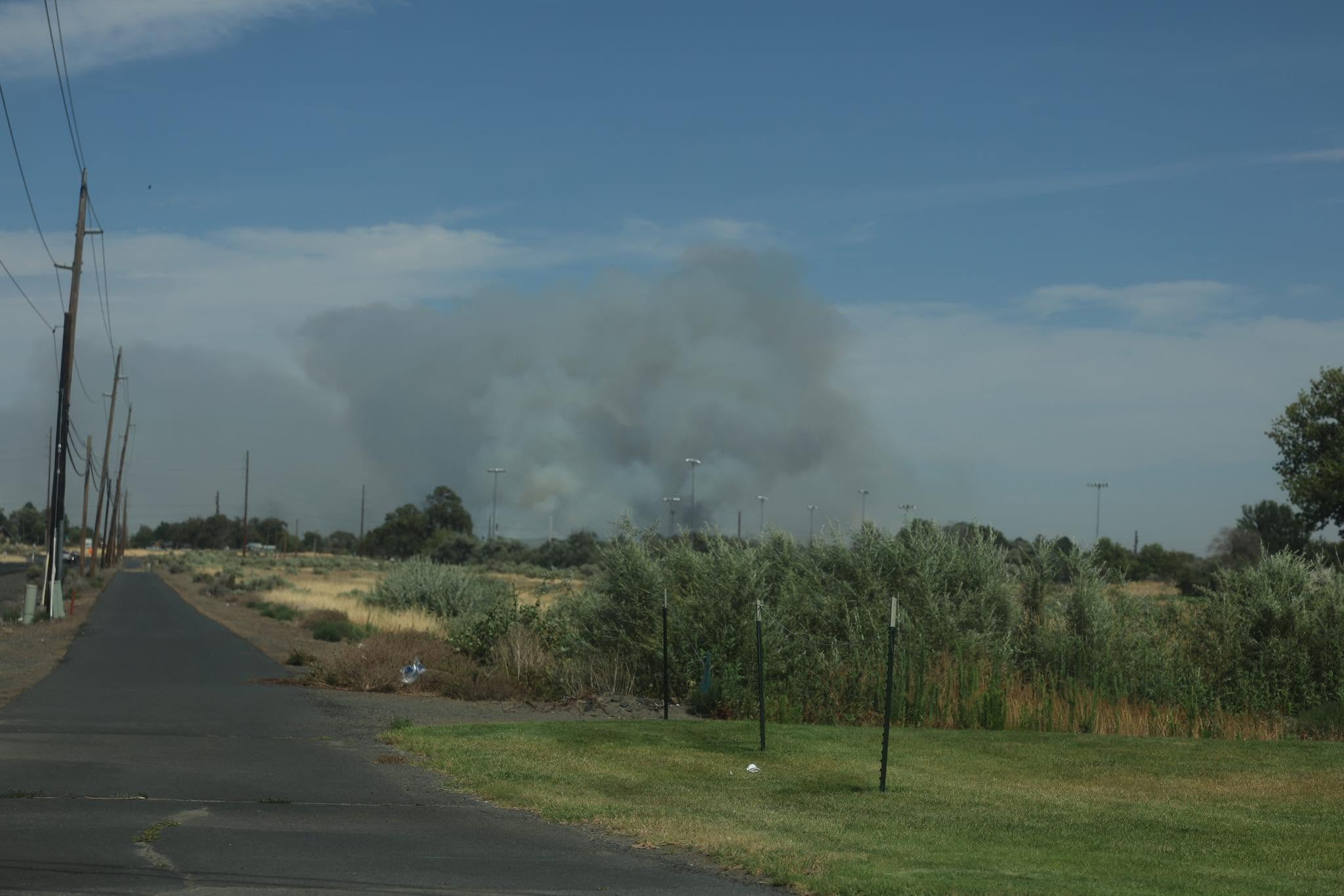One year later, how rural Oregon schools are handling COVID-19
Published 8:00 am Monday, March 15, 2021

- A classroom of students at Orchard Hill Elementary School during the pandemic.
SALEM — A year after COVID-19 hit, rural schools across Oregon are gradually reopening.
Rural school officials say the biggest challenges this year have been patchy internet access, wildfires, a shortage of substitute teachers and logistically difficult state-issued reopening requirements.
But most officials say they’re thankful they’ve been able to reopen.
Reopening
Peter Rudy, spokesman for the Oregon Department of Education, said every school has to submit its own operational blueprint that gives “great detail about how they will be operating.”
More than a dozen rural school administrators across Oregon told the Capital Press it’s been challenging to meet reopening requirements, especially a rule which requires schools to establish a minimum 35 square feet of room per person for classroom capacity.
“Planning for that has been really hard,” said Penny Grotting, superintendent of North Central Education Service District (Gilliam, Sherman and Wheeler counties) and assistant superintendent of the Columbia Gorge Education Service District (Hood River and Wasco counties).
Several school officials said they’ve moved furniture, bookcases and even desks out of classrooms to fit students.
“We’re trying to think outside the box,” said Dawn Watson, chairwoman for the Phoenix-Talent School Board. “It’s a big challenge.”
Even Crane Union High School, a boarding school in Harney County, must abide by square footage restrictions, according to Eric Nichols, the principal.
Internet access
In 14 Oregon counties, at least one in four families does not have fixed internet access, according to a 2020 Oregon Broadband Advisory Council report.
Every school administrator the Capital Press talked to said some students lack internet access.
During COVID-19, rural school districts have set up “hotspots,” or internet access points, in business lots, neighborhoods and mobile home parks. Some districts even set up Wi-Fi bus routes, where a bus providing Wi-Fi rotated through communities.
Schools also bused paper packets to students in far-flung regions.
Nichols, of the boarding school, said since three-quarters of his students are on-site, internet access hasn’t been as difficult.
As rural schools reopen, many offer students at-home, in-person and hybrid learning options.
Fires
Officials say school districts stricken by wildfires last fall suffered most.
Watson of Phoenix-Talent said hotspot devices burned up, hundreds of families were displaced and teachers had to track down their students.
Six months later, many families remain in federal housing, hotels or doubled up with friends or relatives. Some students who once lived close to school now live an hour’s drive away, complicating bus routes.
Watson estimated some 20 staffers lost homes, too, but said the district didn’t see more retirements this year than during a typical year.
“Staffing levels have remained steady,” said Brent Barry, superintendent of Phoenix-Talent School District. “The biggest challenge we have is finding substitutes when needed.”
Substitute shortage
Every administrator the Capital Press talked to said there have been few retirements but a major substitute teacher shortage.
“We’ve had a much harder time with substitutes,” said Steve Quick, superintendent of Harney County School District.
Pre-pandemic, if teachers didn’t feel well, they often reported to work anyway. During the pandemic, they had to quarantine, creating a greater need for substitute teachers.
And when more subs are needed, fewer are available. Many subs are retired teachers who chose not to substitute this year because they’re at higher risk for coronavirus.
‘They want to learn’
But not all news is bad.
Officials say because rural communities are smaller, schools have been able to resume in-person instruction much faster than their urban counterparts.
And, they say, some students who previously took school for granted are eager to come back.
“The kids have missed school so much,” said Watson of Phoenix-Talent. “Seeing the look on their faces is incredible as we’re reopening. They want their friend connections. They want to see their teachers. They want to learn.”









